Start of topic | Skip to actions
1D Navier-Stokes equations - Stationary shock wave
Problem description
The exact solution of a stationary shock wave for the one dimensional Navier-stokes equations has been used as an AMROC verification problem. In a shock stationary frame of reference, the 1D Navier-Stokes equations for constant viscosity and thermal conductivity are









 , with different arbitrary perfect gas equivalent mean free path in the textbook by Zel'dovich and Raizer[3].
, with different arbitrary perfect gas equivalent mean free path in the textbook by Zel'dovich and Raizer[3].
Initial / Boundary Conditions
This specific exact solution is available in the weno and clawpack: applications/euler/1D/ViscousShock directories. For the following tests, we use the computational domain, x = [-30,30], inflow/outflow boundary conditions and the parameters
CFL number definition:
By using this exact solution as a verification problem an equivalent CFL number was derived. "CFL number" in this context, is the Navier-Stokes CFL number (including both convective and diffusive operators and analogous to the Euler equations case) that is used in a CFL condition. This CFL condition garrantees a stable solution for which the CFL number is less than or equal to one.Results:
A stable solution and the order of accuracy for both Clawpack's 2nd order slope-limited Roe solvers and WENO was verified, with viscous and heat conduction terms for a perfect gas. In the process, the differences in the calculations of the CFL number were found in the new Navier-Stokes modification for Clawpack with that of the current WENO-TCD implementation. In actuality, the CFL number for stability of an Explicit method is very complicated for the full one and three dimensional Navier-Stokes equations. However, using a condition which is based on a one-dimensional advection-diffusion equation [2] (which virtually adds the convective, diffusive, and thermal conditions together rather than taking a maximum over all) is robust and stable up to CFL = 1, . The current WENO implementation is stable and non-ossillatory for this verification problem only up to CFL=~0.6, as it used a less robust CFL number. The newly implemented CFL number evaluation for Clawpack in 1D is
 term.
[1] R.M.J. Kramer, C. Patano, D.I. Pullin. A class of energy stable, high-order finite-difference interface schemes suitable for adaptive mesh refinement of hyperbolic problems. J. Comput. Phys., 226:1458-1484, 2007.
[2] A.C. Hindmarsh, P.M. Gresho, and D.F. Griffiths. The stability of explicit Euler time-integration for certain finite difference approximations of the multi-dimensional advection-diffusion equation. Inter. J. Num. Methods in Fluids, 4:853-897, 1984.
[3] Y.B. Zel'dovich and Y.P. Raizer. Physics of shock waves and high-temperature hydrodynamic phenomena. Dover. 2002.
term.
[1] R.M.J. Kramer, C. Patano, D.I. Pullin. A class of energy stable, high-order finite-difference interface schemes suitable for adaptive mesh refinement of hyperbolic problems. J. Comput. Phys., 226:1458-1484, 2007.
[2] A.C. Hindmarsh, P.M. Gresho, and D.F. Griffiths. The stability of explicit Euler time-integration for certain finite difference approximations of the multi-dimensional advection-diffusion equation. Inter. J. Num. Methods in Fluids, 4:853-897, 1984.
[3] Y.B. Zel'dovich and Y.P. Raizer. Physics of shock waves and high-temperature hydrodynamic phenomena. Dover. 2002.
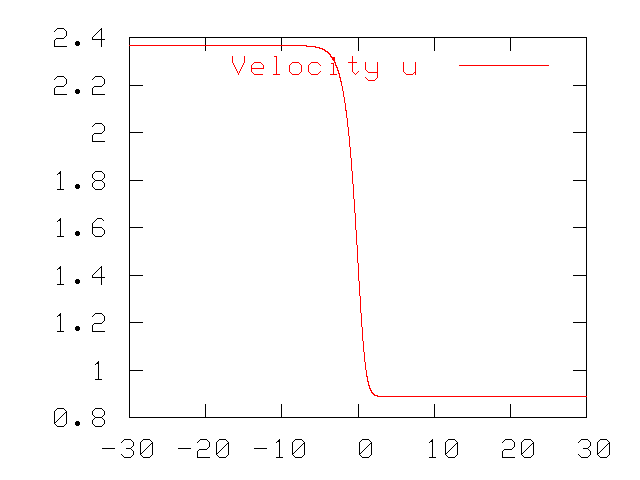
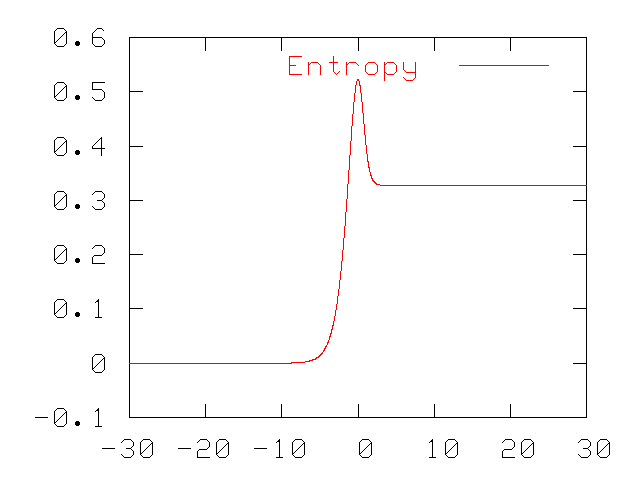
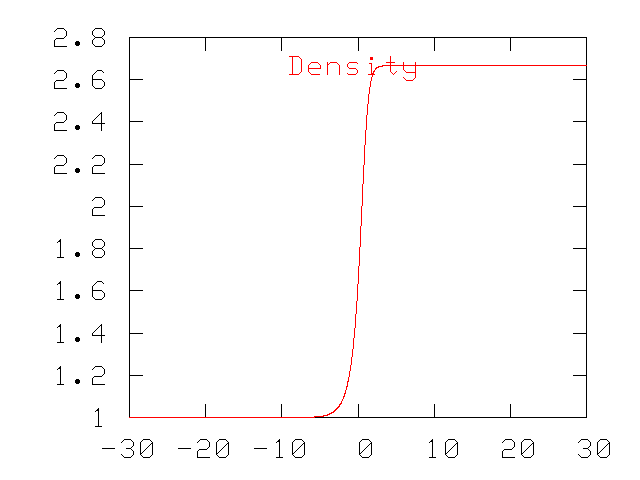
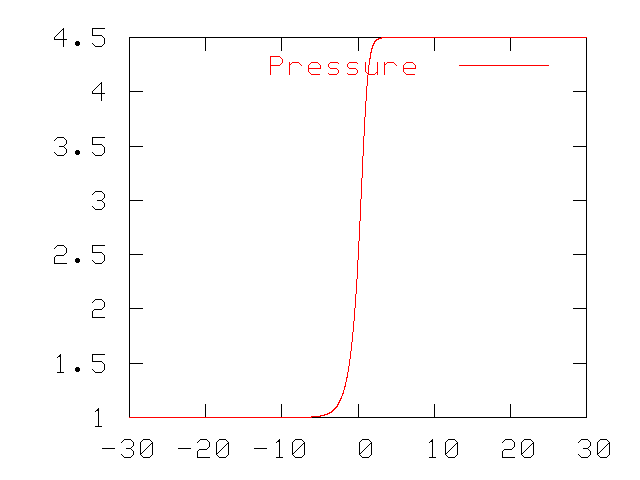
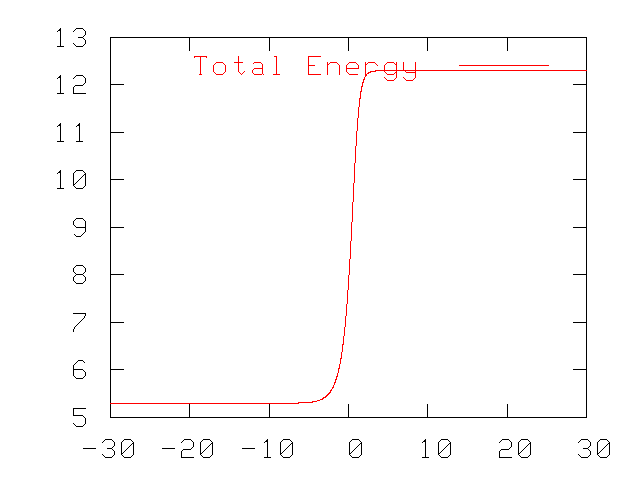 -- JackZiegler? - 29 Jul 2008
-- JackZiegler? - 29 Jul 2008
| I | Attachment  | Size | Date | Who | Comment |
|---|---|---|---|---|---|
| | velocity.ps | 40.5 K | 29 Jul 2008 - 12:54 | JackZiegler? | velocity |
| | velocity.png | 4.2 K | 29 Jul 2008 - 13:12 | JackZiegler? | velocity |
| | entropy.gif | 4.1 K | 29 Jul 2008 - 13:19 | JackZiegler? | entropy |